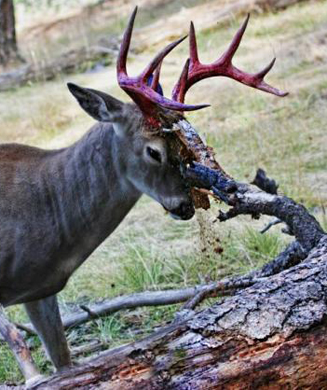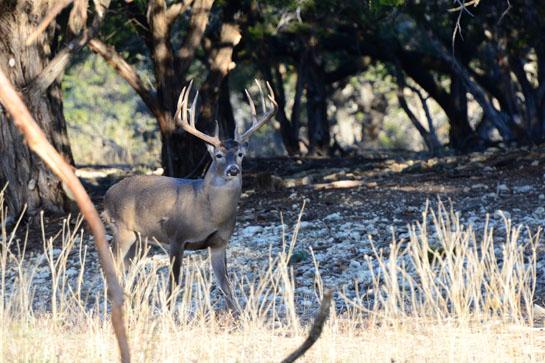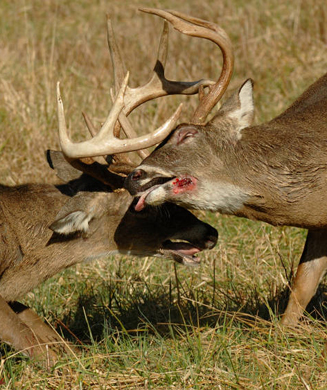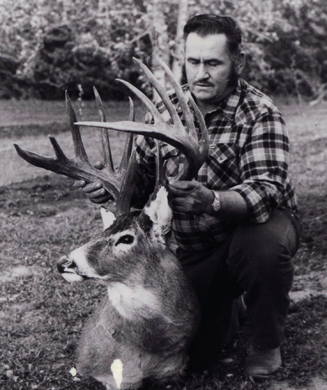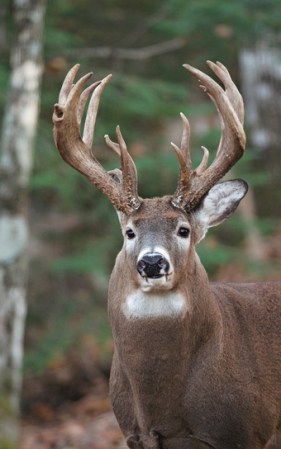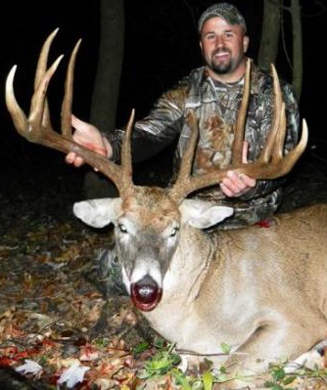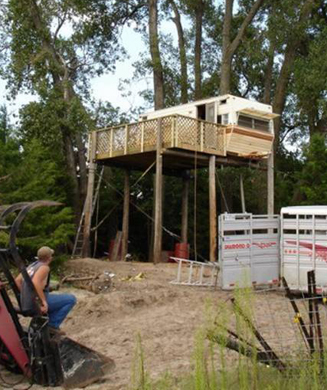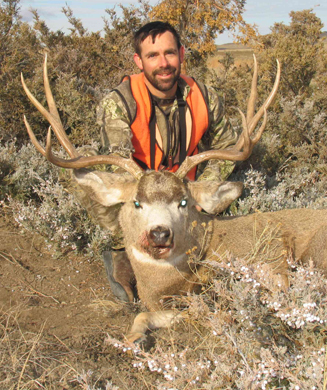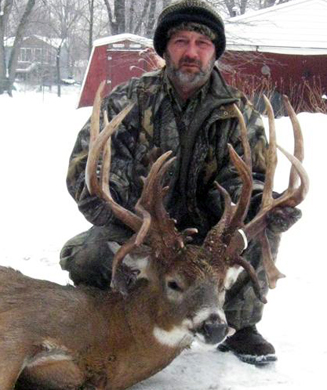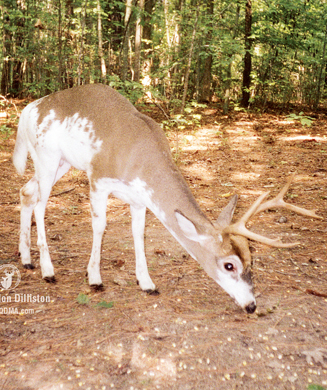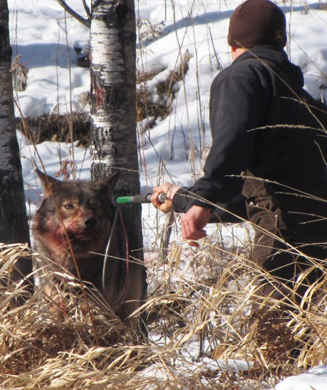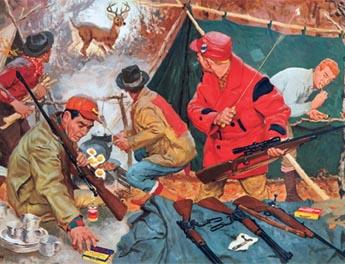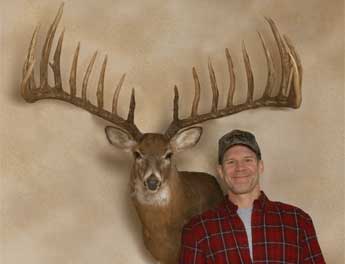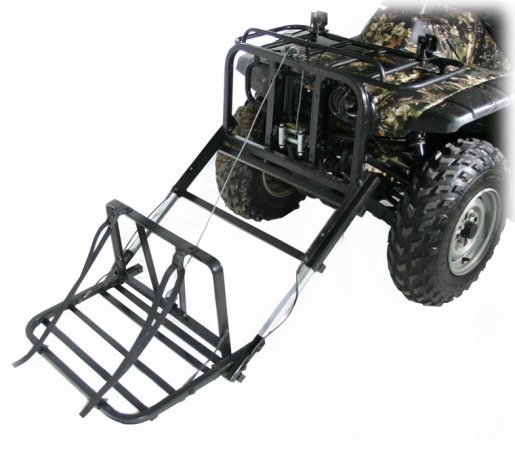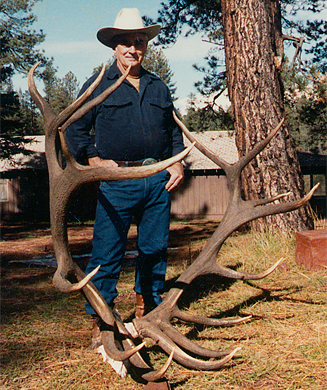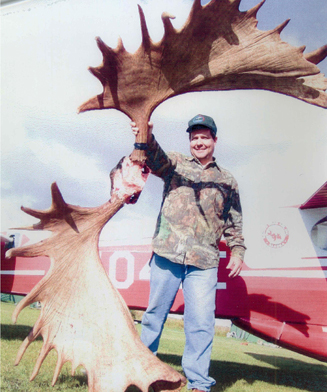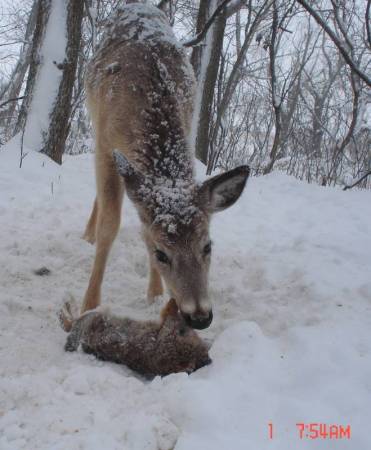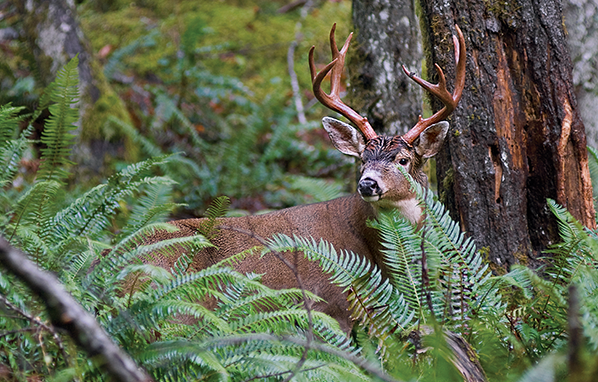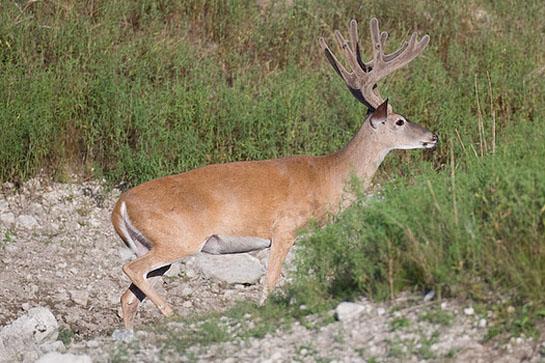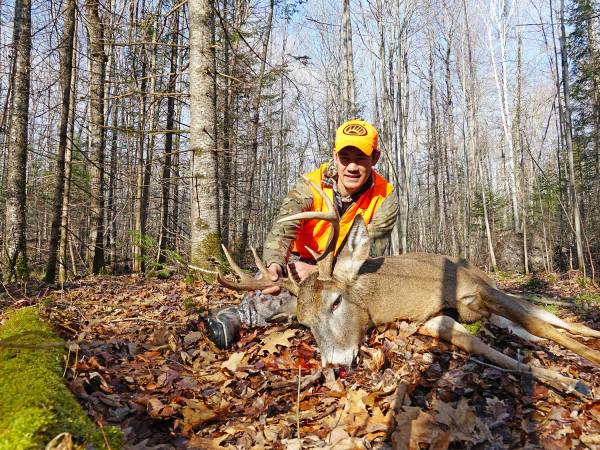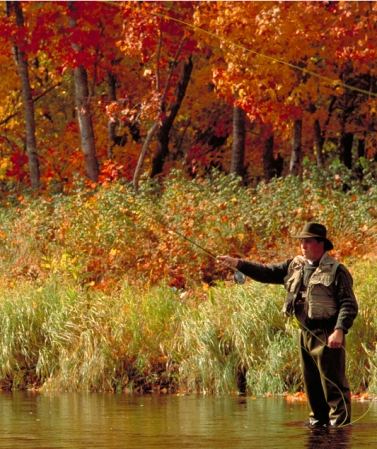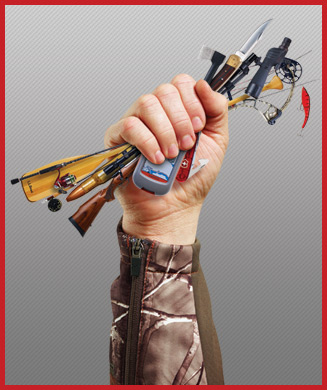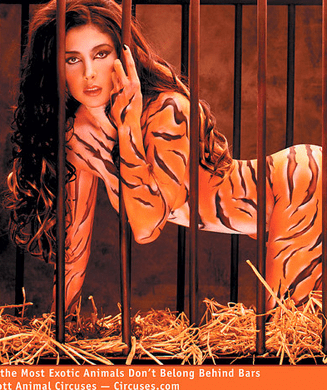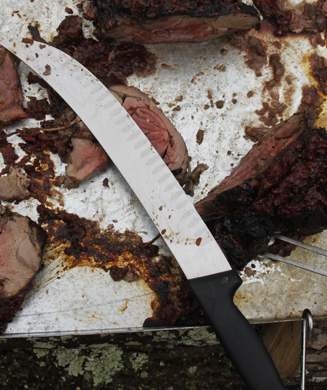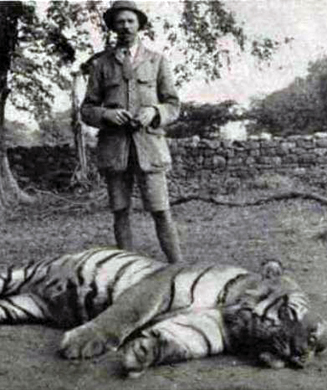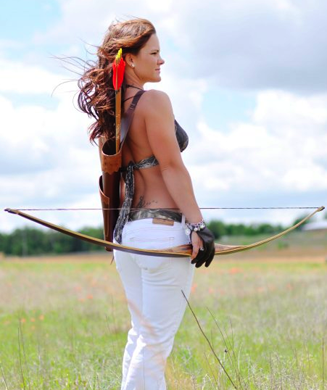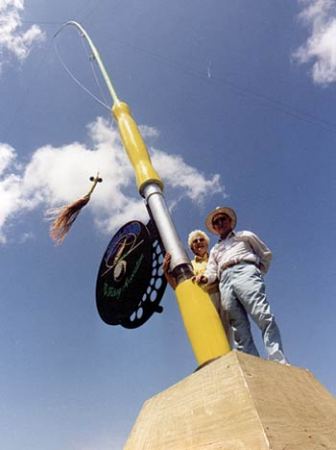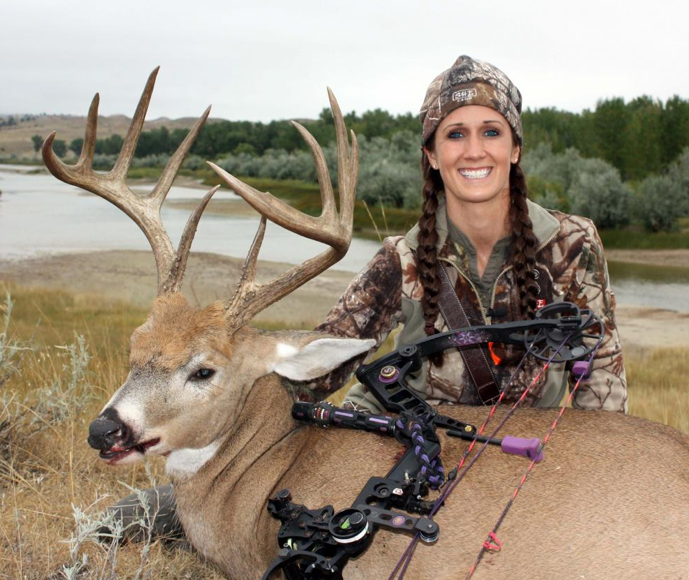
When hunting highly pressured areas, spend some time scouting other hunters. Try to find trail markers, tree stands and ground blinds near easy access points in your area. Then pinpoint the thickest and ugliest cover in the woods that is located directly away from the hunting pressure. -Travis Faulkner

Unless you hunt agricultural areas where deer are used to noise, park at least 200 yards from your entry route.
-Darren Warner
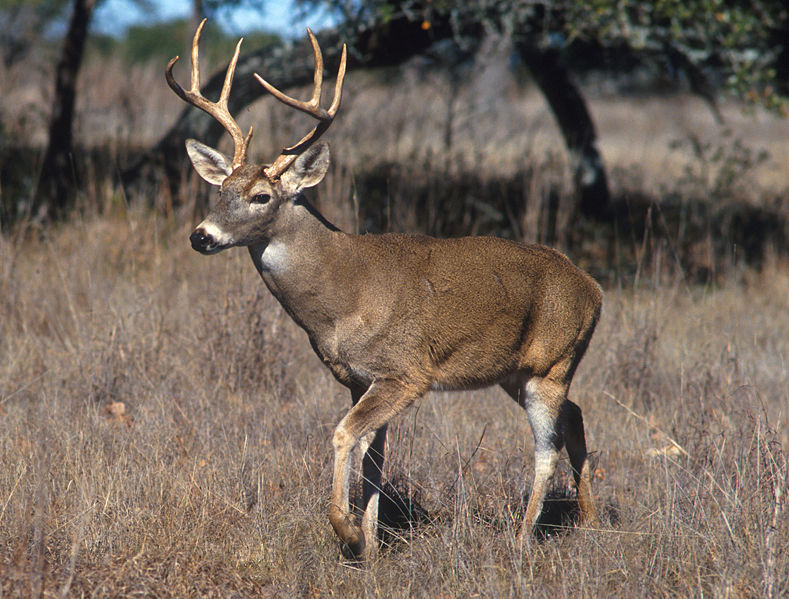
When hunting the lee slope of a ridge (a good spot to ambush traveling bucks), keep your stand high enough on the slope so it sits above ridge line. Your scent will be carried over the trees instead of being drawn downward. -Bill Winke
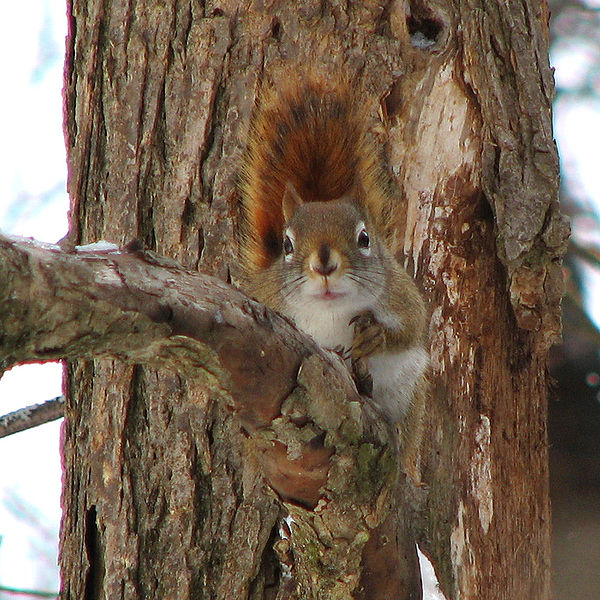
Periodically use a squirrel call to disguise your movement as you make your way to your stand. -Darren Warner Photo: Gordon E. Robertson
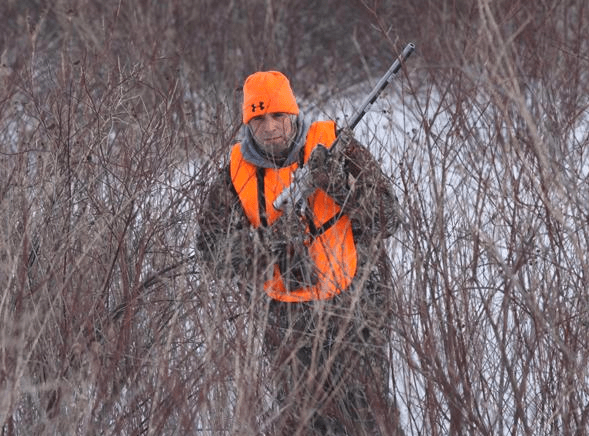
A cold, windy day with light drizzle or snow is perfect for stalking rutting bucks with a bow. Deer often are hunkered down, and wind helps cover sound. Rain or snow can help conceal sound and odor, too. -Bob McNally
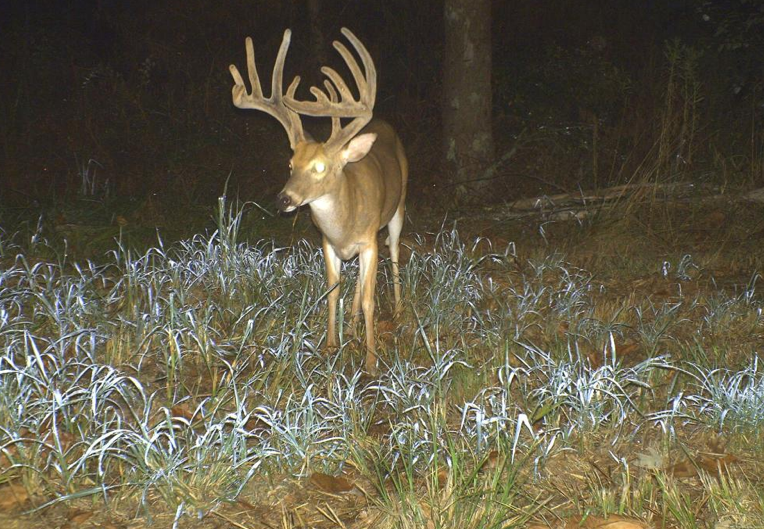
Mature bucks can be wary of commercial pop-up blinds unless they've been set up for weeks prior to the season. Instead, construct a ground blind from natural materials found at the site. Placement is key, and downwind from a fence crossing can be a great place to ambush a buck as it heads to a crop field. -E. Donnal Thomas Jr.
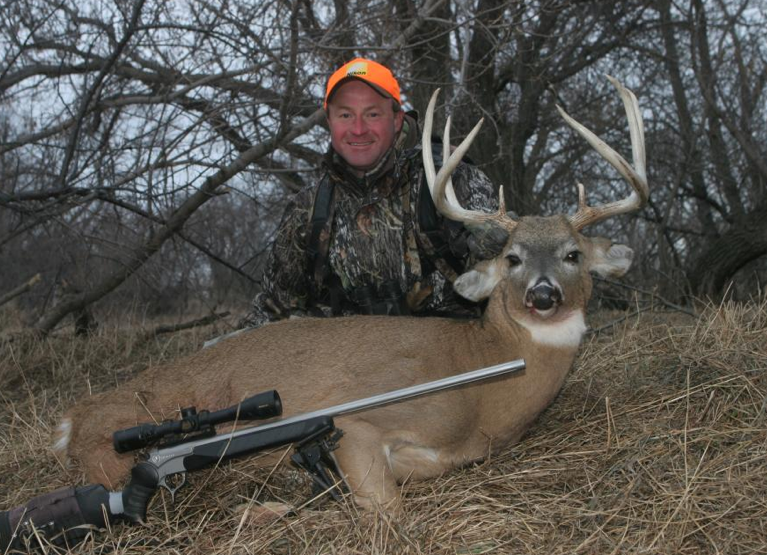
You might sit for hours before you see a deer. But especially as the rut approaches, mature bucks will be on the prowl during lunchtime. These bucks typically work fields all night, then bed down just before dawn. As the number of cycling does increases, these bigger bucks will be on the move again at noon, checking bedding areas for another estrous doe. If it's the right place, lunch hour can be the right time to encounter the biggest buck of your life.
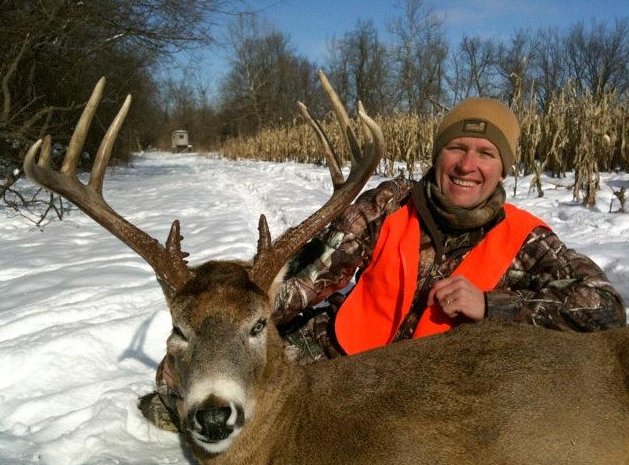
Thick cover adjacent to hidden food or water sources is a prime location during midday. Hunt secluded orchards and acorn-rich oak stands next to dense bedding areas. Concentrate on water sources, even through rifle season.
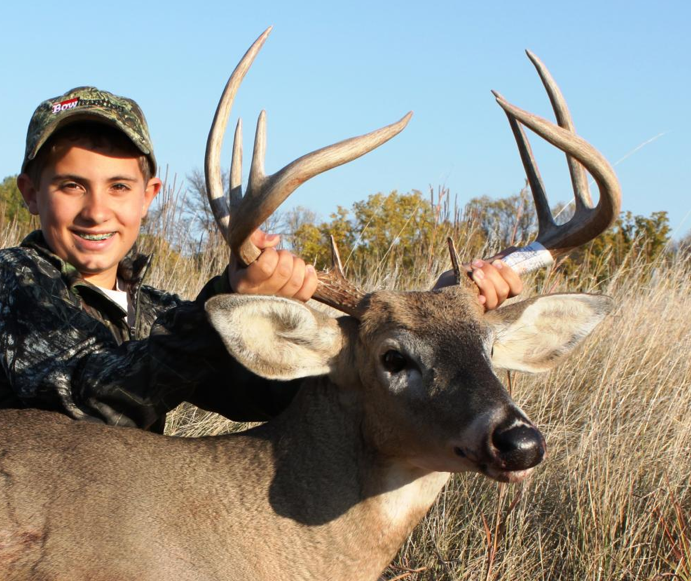
Mass or beam circumference: A mature buck's eye is about 4 inches in diameter. Length of tines, main beams: the distance between a the eyes and the end of the nose is about 7 or 8 inches; the length of the ears is also about 7 or 8 inches. Antler spread: the distance between the ears held at normal alert is about 16 to 18 inches. -Colin Moore
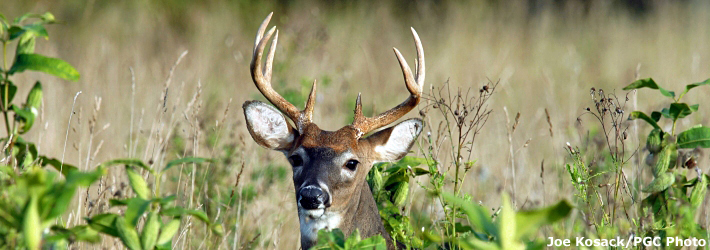
As deer leave the crop fields in the early morning or early evening to return to their bedding areas, take a slow zig-zagging course along a streambed to ambush an unsuspecting whitetail. -Will Brantley
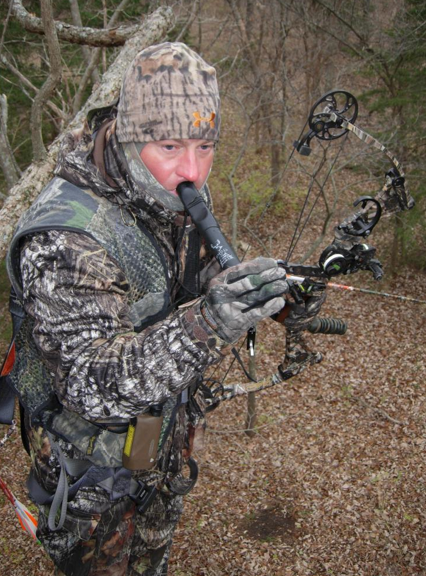
Grunt: Best during pre-rut, when bucks are challenging each other. Doe Bleat: Anytime to arouse curiosity. Best used during early bow season. Distressed Fawn Bleat: Anytime. Best for attracting does — it can bring'em running. Buck Roar: Possibly during the pre-rut, to challenge another, larger buck. -Andrew McKean
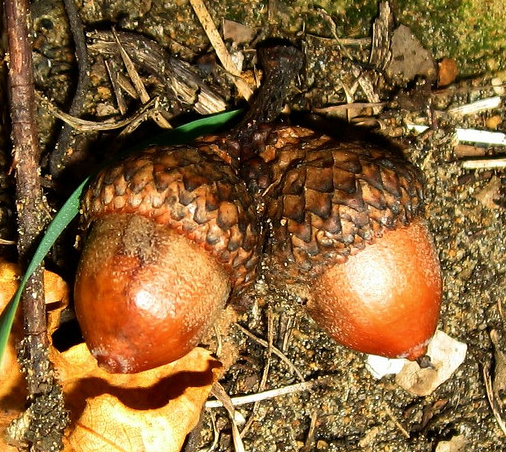
You can never, I repeat never, go wrong by locating a stand near mast that falls, heaping and fresh, 50 to 100 yards off a field or cutover. Most does and bucks will stop to nibble the acorns or soft mast before heading out to a main feeding area after dark. Try to find one or two trees that will rain nuts (white oaks are best). -Michael Hanback Photo: Cupcakes2
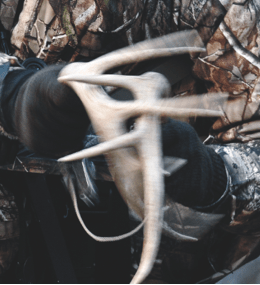
One of the biggest mistakes would-be rattlers make is being too impatient. If you're calling while still-hunting, give it some time before moving on. The best and wisest bucks are generally wary. They will invariably approach from the downwind side and come in cautiously. I rattle in three segments. First I rattle not too loudly, just incase I've gotten in close to a deer. I'll then wait four or five minutes and rattle all out and wait another five minutes or so and rattle all out again. After this I'll wait for 10 or 15 minutes and repeat the sequence. You will almost always kill your deer downwind. There will be exceptions, but the exceptions will be younger bucks. -John Wootters
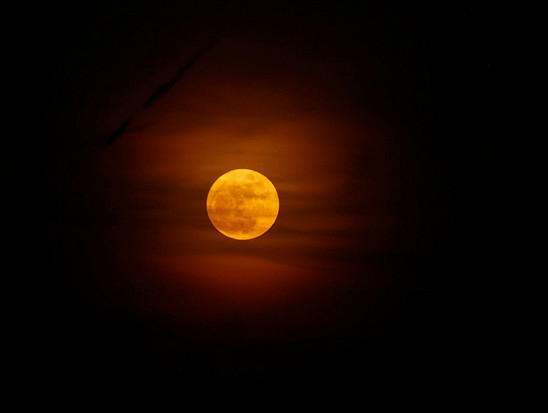
The most intense ruts occur when a first-quarter moon appears in early November. Hunt all day. With the or full in mid November look for bucks moving from 9 a.m. through noon. -Michael Hanback Photo: Chris
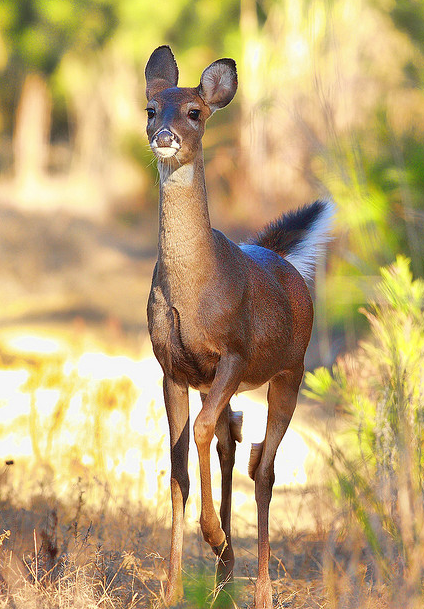
When you're hunting the rut, finding bucks is simply a matter of locating the does. To pinpoint locations that hold large numbers of does, study a good topo map or aerial photo. Look for potential food sources, bedding areas, natural funnels and possible travel corridors. -Travis Faulkner Photo: Emery_Way
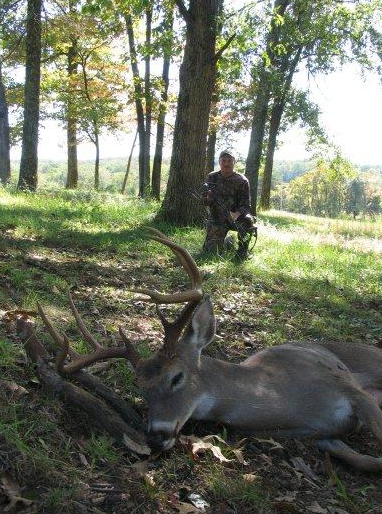
Set up a decoy or two after you've created a 360-degree area of attractant scent around your stand. Using a single basket-racked buck decoy in an area with high visibility during the early phases of the rut can generate an aggressive response from the dominant dog in your neck of the woods. -Decoy Traps
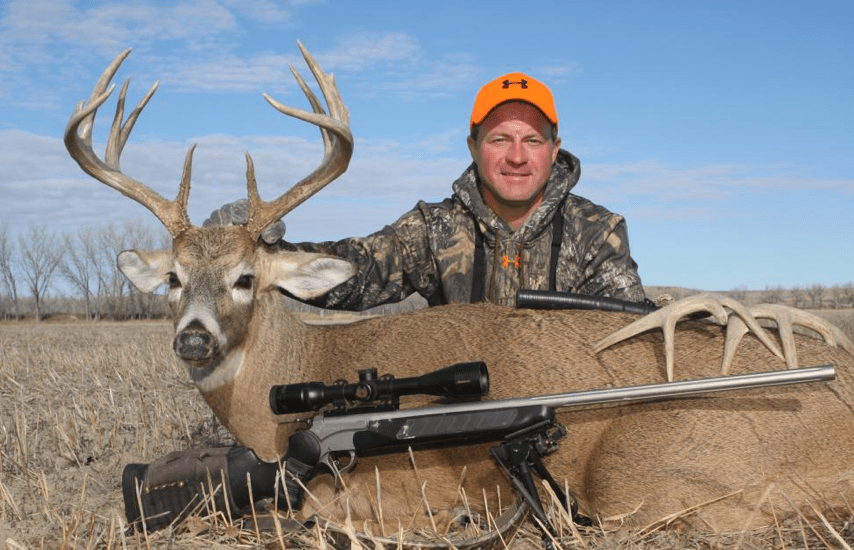
Mix up your foot-fall cadence as you go so you don't sound like a human invader.
-Darren Warner
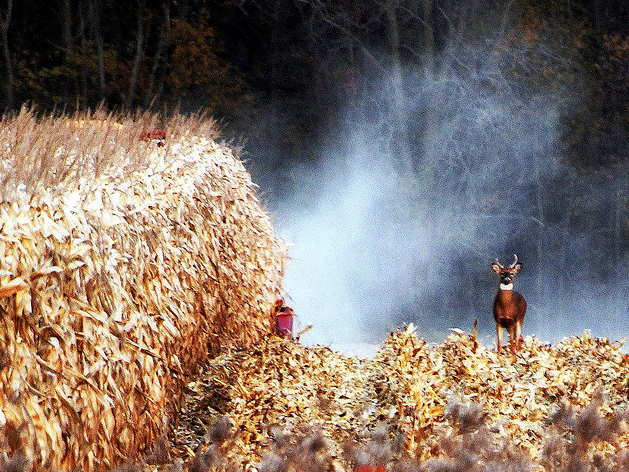
Standing corn is an excellent place to find bucks after the season starts. Slip through the field by walking across the rows, starting on the downwind end. Work back and forth, into the wind, first peeking into each row with only your head before stepping in and moving on to the next row. A windy day will cover up any noise you make. -Bill Winke Photo: Aunt Owwee
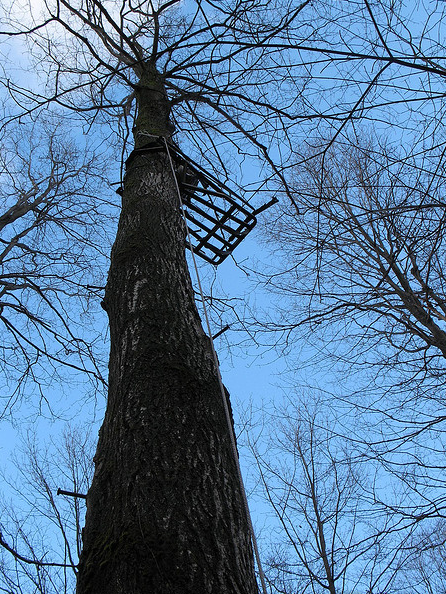
If you've spent hours hunting from a stand but haven't seen anything, don't be too quick to move. Spend enough time to let your good stands produce. For example I once hunted a stand 12 mornings out of 14 before shooting a nice buck from it. The stand was in a good spot and the conditions favored it for many reasons. My experience told me to stick it out. -Bill Winke Photo: Dooneling
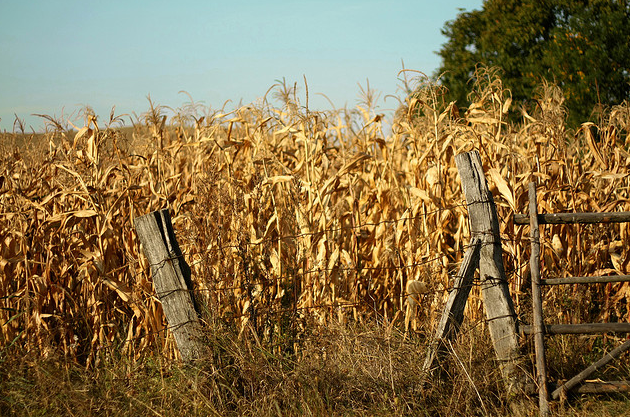
Hang a stand in or near a thick field corner, where a big boy often pops out late. Be patient; little bucks will hassle a doe first, but a mature shooter will show up eventually–if not today, then maybe tomorrow evening. Don't rattle or grunt and call attention your way. It's best to sit quietly and see what happens. Stay on your toes with your bow or gun ready; a monster might catapult out of the woods and give you a three-second shot–be ready to take it. -Michael Hanback Photo: Cristina Chirtes
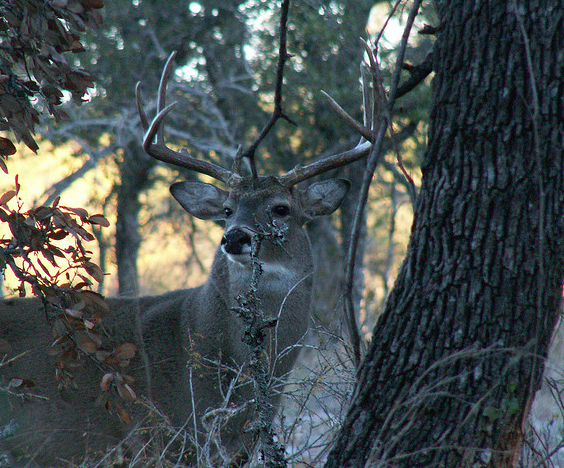
To avoid tainting your hunting clothes with perfumes, UV brighteners or other additives found in regular detergent, wash a couple of loads of street clothes with scent-suppressing soap before washing your hunting clothes. Or, hand-wash your hunting clothes in a tub or wash basin that is never exposed to conventional laundry soap. -Phillip Vanderpool Photo: [Charles and Clint](t https://www.flickr.com/photos/dad_and_clint/324482539/)
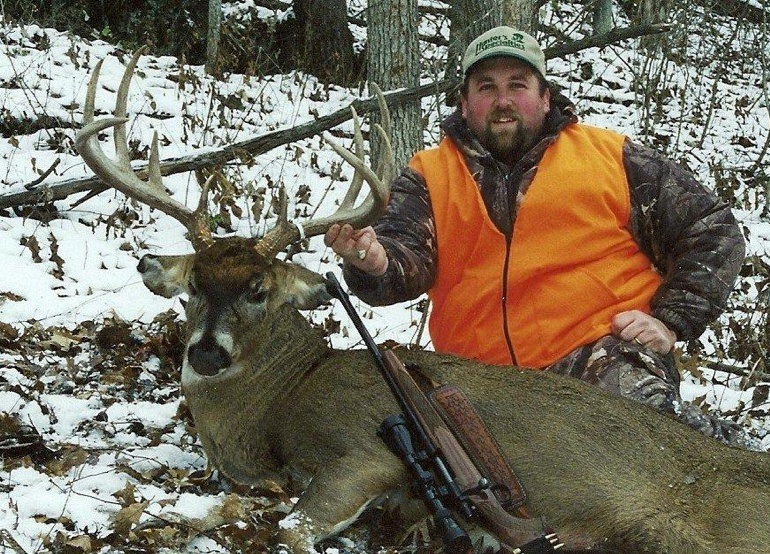
The colder and frostier the morning, the more randy bucks you'll see on a scrape-laced ridge; they'll move until about 11 a.m., so sit tight. Thick freshly ripped rubs tell you a big boy is working the ridge. Try a few rattling volleys and grunt, but again, don't overdo it. In the first week of November set out a tarsal scent bomb; this is the fighting week and a good time for a brawler buck to roll into your stinky challenge. -Michael Hanback
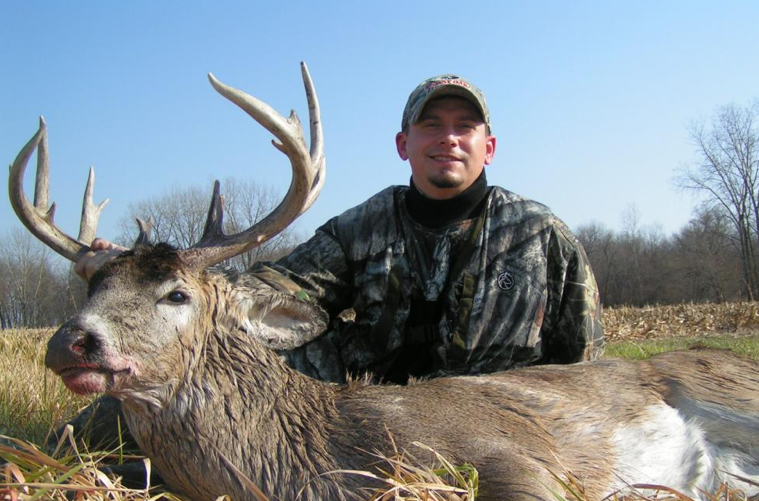
Human body odor begins as the waste product of bacteria that feed on organic matter and thrive in a warm moist environment. Wash away the bacteria and their odorous by-products any eliminate the problem — at least temporarily. Use scent-free soaps that don't contain non-cleaning additives like moisturizers, perfumes, proteins, oils or vitamins and that leave no residue.
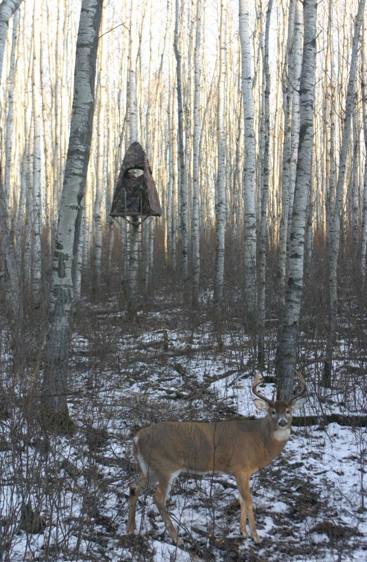
Bucks are roaming all hours of the day. The rut is the time when you really need to get aggressive with your calling, because you know there's an opportunity for a deer to walk within hearing range of your stand at any time. And don't worry about overcalling; it's impossible to do that at this time of the season. -David Hale
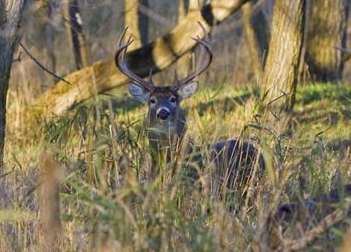
Feeding poses have been proven as the best option for just about any decoy set-up. It doesn't matter what time of year it is or what phase of the breeding season your'e in; a feeding pose is natural and instills confidence in your set-up. -Jerry McPherson
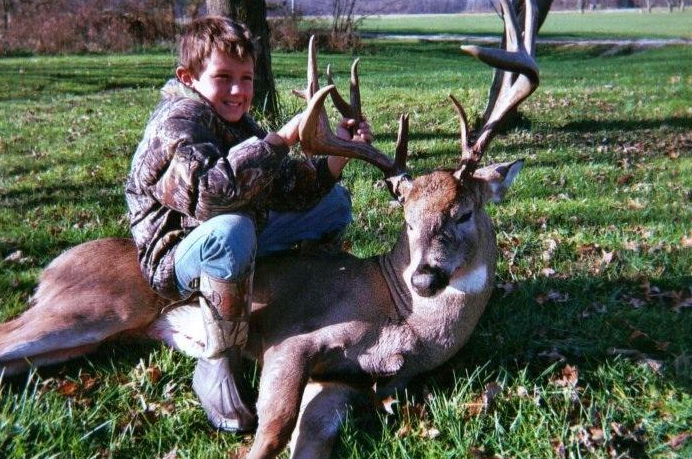
When creating a mock scrape, you don't have to reinvent the wheel. Be sure to make it under the same type of tree that bucks are favoring in the area for natural scrapes. The interaction branch has to be the same height as the branch over the natural scrapes as well. Hang a Magnum Scrape dripper above the interaction branch, letting it drip down into the scrape. It's best to scrape up the ground after you've set up the dripper, to ensure proper placement. – Ron Bice
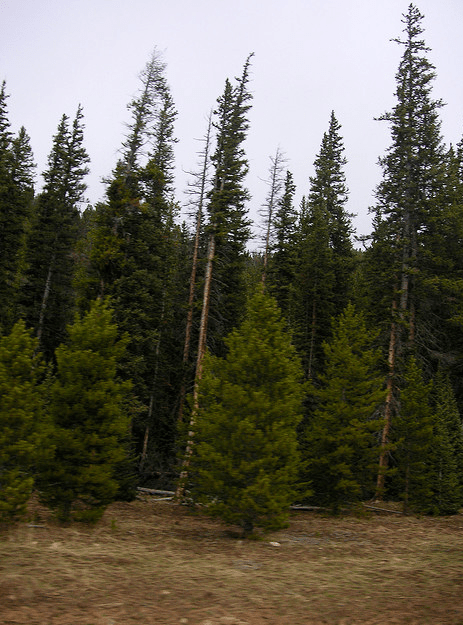
Plant back-lot honey-hole food plots in small sections of pine plantations, where trees grow poorly or not at all. Because deer feel safer in these predominantly wooded areas, they will filter in and out all day long. -Jon Cooner Photo: Beatrice Murch
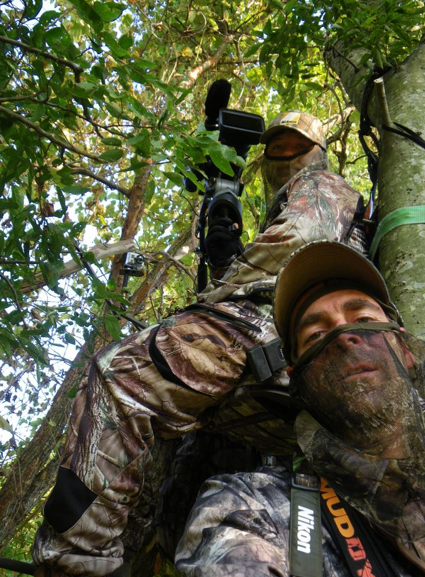
Just before the first does come into estrus, bucks begin ramping up their daytime activity level. Feeding areas are the first places you'll notice this change in behavior. Bucks will sulk into feeding areas earlier in the afternoon–along with the does–and they'll linger later into the morning. Stands located between bedding and feeding areas are your best bet now. Set up an ambush at a mid-point between the two destinations so your entry and exit won't be spotted by deer while they're bedded or feeding. -Bill Winke
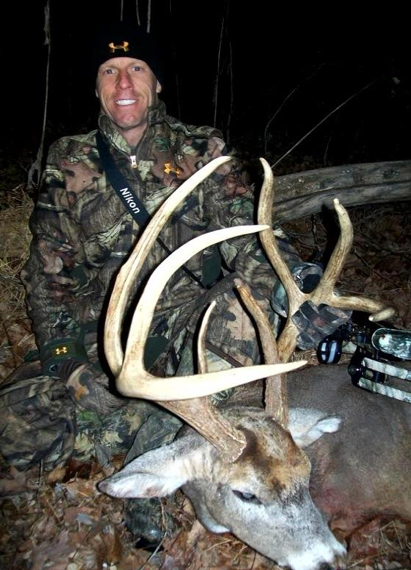
When does start coming into estrus, bucks go on the move, so it makes sense to shift your efforts toward funnels that bring the maximum number of travel routes into shouting range. Stay away from bedding and feeding spots during peak breeding to avoid educating deer. Ideally, the funnels you sit on should connect two large bedding areas. -Bill Winke
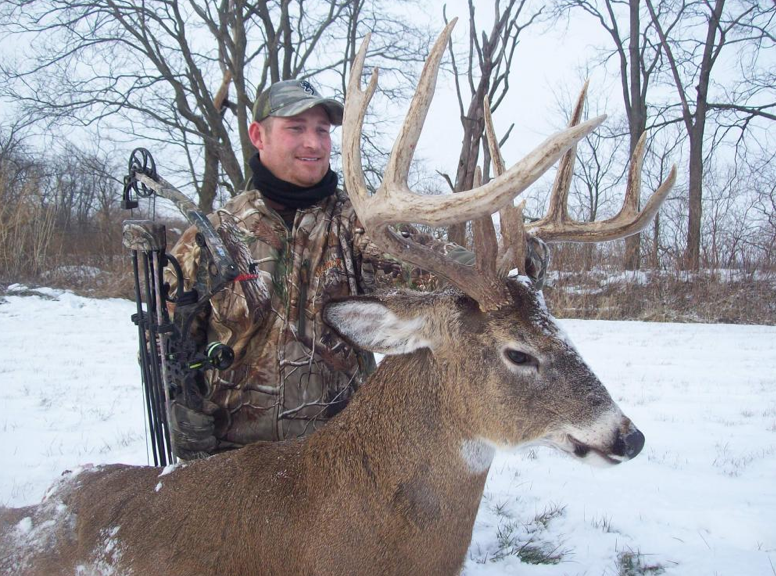
The wind-down period after peak breeding can be the best time to find the biggest buck around. During the previous two phases of the rut, old bucks keep a pretty low profile, either waiting in the shadows or tending does. But now, with most of the does these old warriors pick up their daylight movement level ever so slightly in search of the last few candidates for their favors. Wit the pressure of the rut easing, big bucks also start to fall back into their regimented routine, and a good place to look for them is near their bedding areas. -Bill Winke
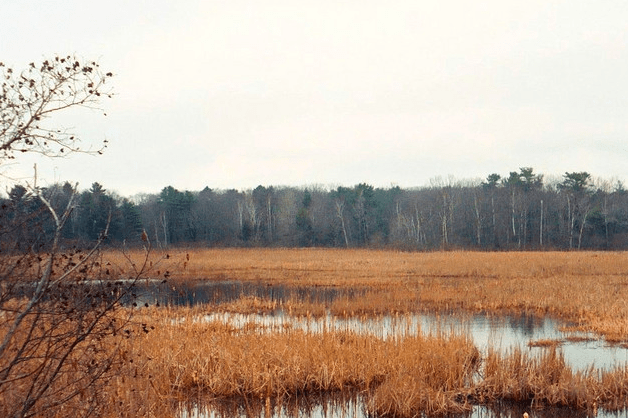
An old buck will stand and even bed in water and mud for a day or two if that is what it takes to save his hide, but a deer will not set up housekeeping in a marsh that does not afford dry places to bed. Find a dry secluded spot in a marsh and you'll find deer. -Gary Clancy Photo: Inawe
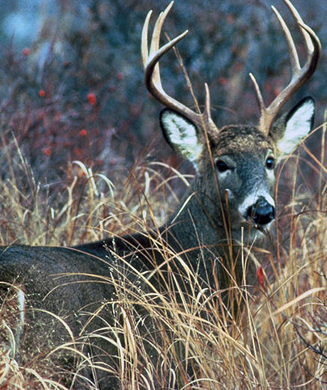
Contact a local or state biologist for the top deer foods in your area. Outside the peak-breeding phase, your best chance to kill a buck is from downwind of a hot food source. In addition to hunting around crop fields and falling acorns, don't overlook soft mast, green browse and other secondary eats. -Michael Hanback
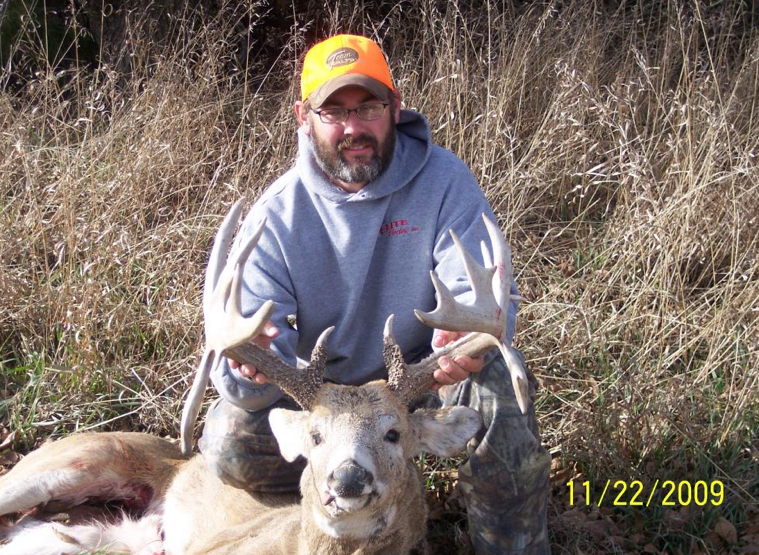
When making a rub line, a big deer will sometimes just graze saplings with his antlers — look closely for lightly skinned trees. Pick up fallen leaves and examine the bare ground in trails, old roadbeds, creek crossings and other travel areas — you might find segments of big-buck tracks. Scout for the browsed tips of honeysuckle and other greenery, signs that whitetails are stopping to nibble in a thicket between a bedding area and a major food source. -Michael Hanback
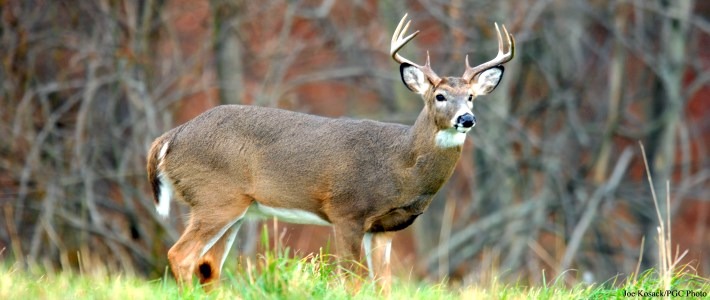
Set up amid cover in mottled shadows. It's easy to spot a buck when sunlight catches his rack or shines on his hide. Now turn things around. It's easy for a deer to bust you if sunlight glints off your tree stand, bow or gun barrel. Look for spots where you can make use of natural camouflage. And try to hunt with a rising or setting sun at your back. You'll not only be well hidden, but you'll enjoy another 10 to 15 minutes of shooting light at "buck time" each morning and evening. -Michael Hanback
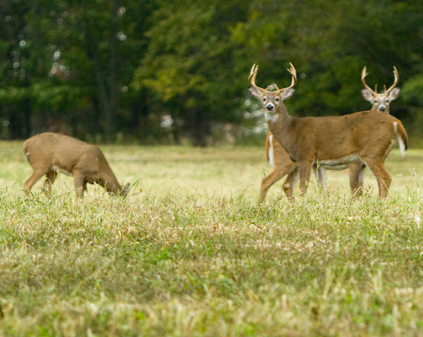
When rattling or grunting deer in, set up in funnels. Hollows, saddles, creek bottoms between ridges, strips of woods that connect fields and similar terrain features are natural travel corridors for whitetails. And the kicker is that such relatively narrow passageways can squeeze bucks close to your stand.
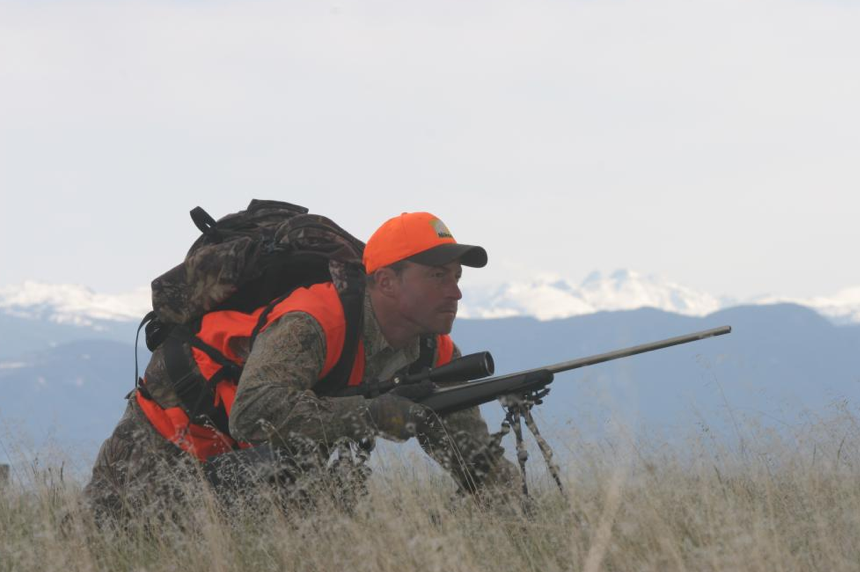
Plan your stalk, with careful moves, using the terrain to your advantage. Sometimes backing out of an area, circling or flanking a spotted buck, must be done. But that's exciting sport, the kind of whitetail encounter all bowmen embrace. – Bob McNally
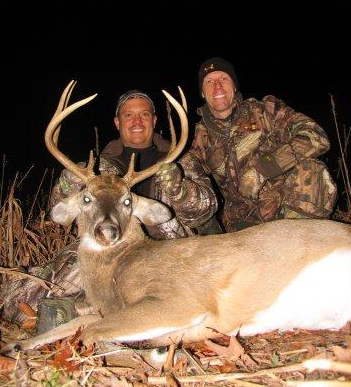
The most heart-wrenching times of a hunter's life are the times when a blood trail goes cold. But it doesn't have to be the end. Here are three things to try. 1) Consider the line of least resistance and the travel corridor your wounded deer was on. Deer don't zig and zag when hit. In the majority of cases, they will run straight, dead away. 2) Frost and dew can save you. If you hit a deer early, hoof prints will look fresh and be traceable for only a few hours. Get going. 3) focus on the fussing of crows, bluejays and squirrels — they can tip you off to your deer's location.
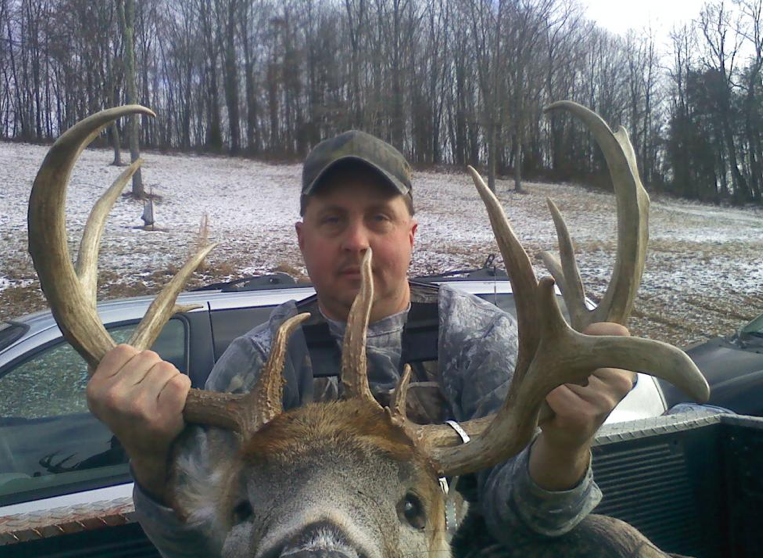
Swirling wind — the bowhunter's nemesis — is caused by moving air being pulled into a pocket of still air. Think of wind blowing over the terrain as water flowing in a stream. Eddies — the equivalent of swirling wind–form whenever the main current encounters a pocket of protected water. The only difference is that stream eddies won't cost your a 10-pointer. –Bill Winke
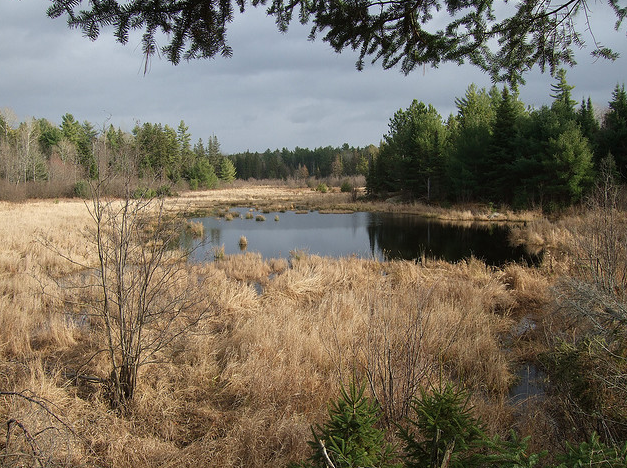
Trying to drive deer in a large marsh is an exercise in futility, but smaller sloughs lend themselves well to two- and three-man drives. Drives should slowly walk through the slough in a zigzag pattern, stopping often to unnerve deer, which have a tendency to hold very tight in the cattails. After all, the cattails are the best escape cover they know of, so they are reluctant to abandon them. Mature bucks might have to be almost literally kicked from their beds. –Gary Clancy Photo: Family Frackiewicz
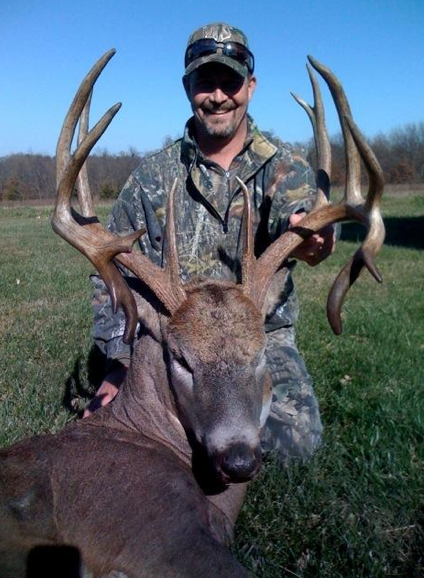
Think thick for mature whitetails. Study aerial photographs and ground-scout for brushy ridges, brier-laced creek bottoms, cedar swamps, overgrown cutovers. Then hunt the edges of cover for bucks sneaking between bedding and feeding areas at dawn and dusk. -Michael Hanback
Outdoor Life magazine has run countless deer hunting articles through the years. We’ve put together the 40 best tips from recent issues to help you kill the biggest buck of your life this season.


